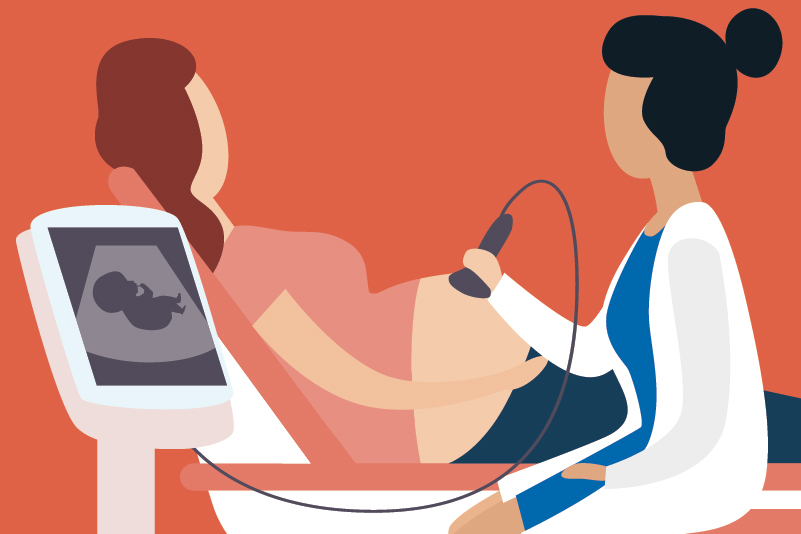#192 Bringing Up the Best Evidence: Ondansetron in nausea/vomiting of pregnancy

Reading Tools for Practice Article can earn you MainPro+ Credits
Join NowAlready a CFPCLearn Member? Log in
- One randomized controlled trial (RCT), 36 patients, comparing ondansetron to doxylamine/pyridoxine for five days, results statistically significant:1
- Reduction on 100-point scale:
- Nausea: 51 ondansetron versus 20.
- Vomiting: 41 versus 17.
- Achieved 25% symptom reduction:
- Nausea: 92% ondansetron versus 41%.
- Vomiting: 77% versus 35%.
- Number Needed to Treat: 2-3.
- Limitations: Used low-dose, immediate release form of doxylamine/pyridoxine.
- Reduction on 100-point scale:
- Two RCTs from Malaysia and Iran, 160 and 83 patients respectively, found ondansetron (intravenous2 or oral3) at least as good as metoclopramide in hyperemesis gravidarum.2,3
- Major malformation overall:
- Five cohort studies found no increased risk,4-8 including the highest quality study1 and two under-powered studies.7,8
- One cohort found increased risk with ondansetron 4.7% versus 3.5% no ondansetron [Odds Ratio (OR) 1.3, 1.0-1.7].9
- From published abstract only, apparently from same database as the highest quality study (above).
- Cardiac:
- The highest quality study found no increased risk.4
- Two found increased risk:5,9
- OR 2.0 (1.3-3.1)9 again published as abstract only.
- OR 1.62 (1.04-2.14),5 including septal defects Relative Risk 2.05 (1.19-3.28).
- Cleft palate:
- Two cohorts4,5 and case-control10 found increased no risk.
- One case-control study found increased risk OR=2.37 (1.18-4.76).11
- One case-control study found decreased risk OR=0.4 (0.2-0.8).10
- Limitations of harm studies: Cannot prove causation, possible detection and indication bias, not all birth defects investigated,11 recall bias,11 multiple comparisons (about 70),11 and clinical significance and severity of malformations unknown.5,9-11 Additional risk factors for birth defects unknown.
- Baseline risk of major malformations ~4%.12
- Women frequently overestimate risks of malformations from medications.13















useful info
Zofran is a useful medication